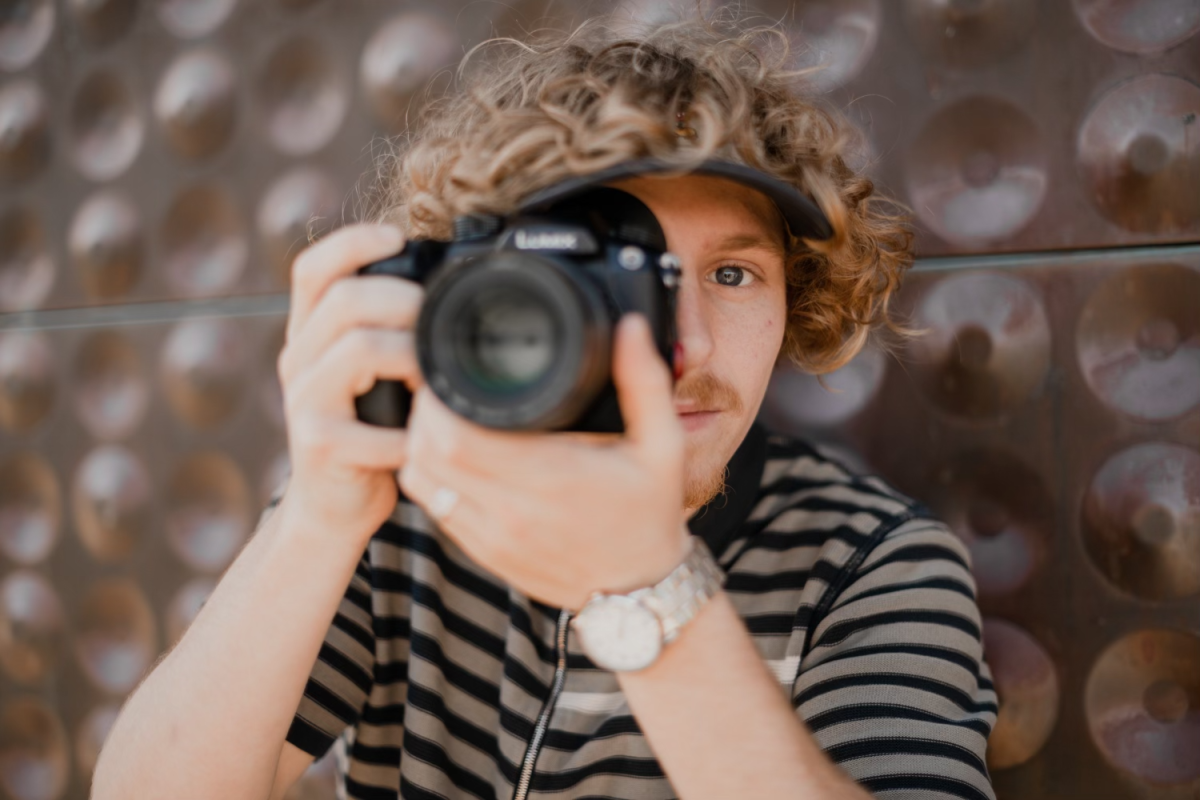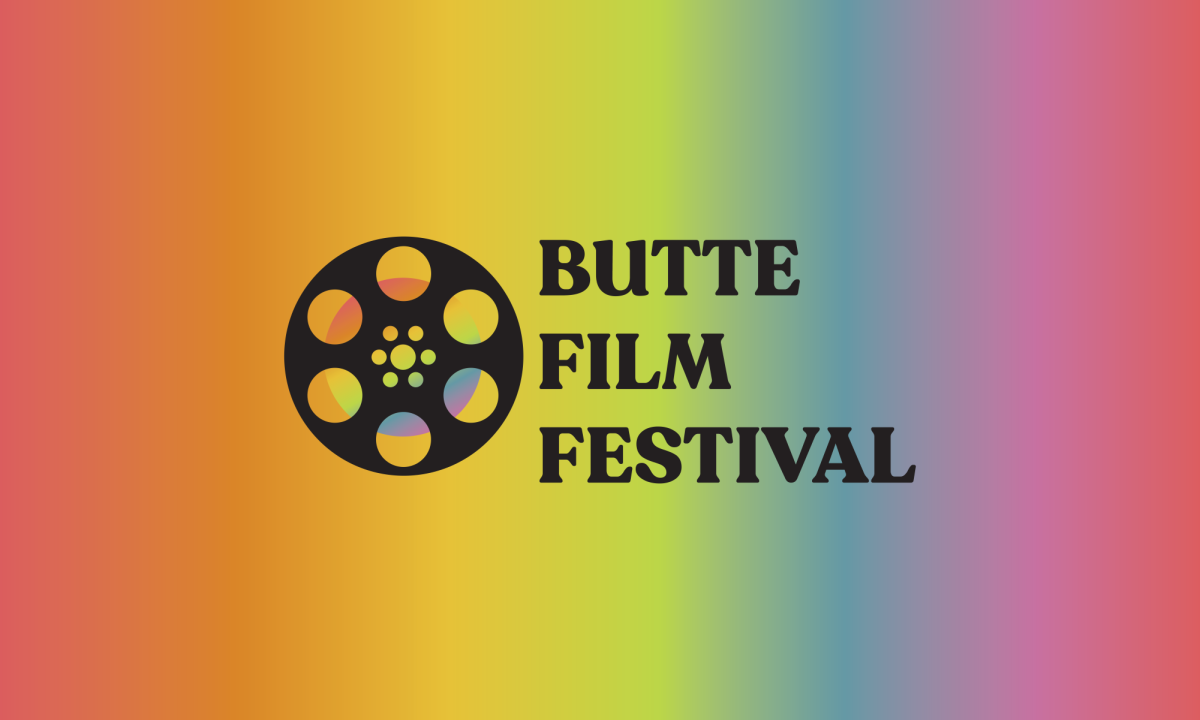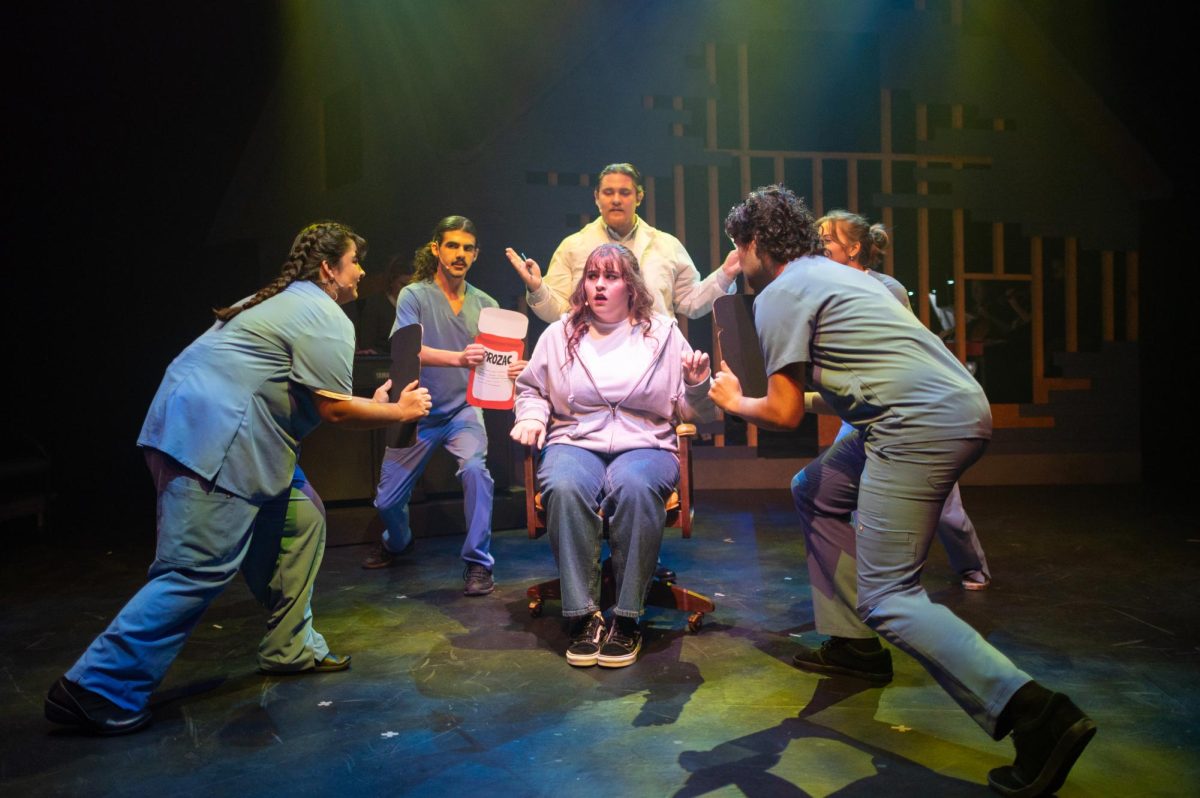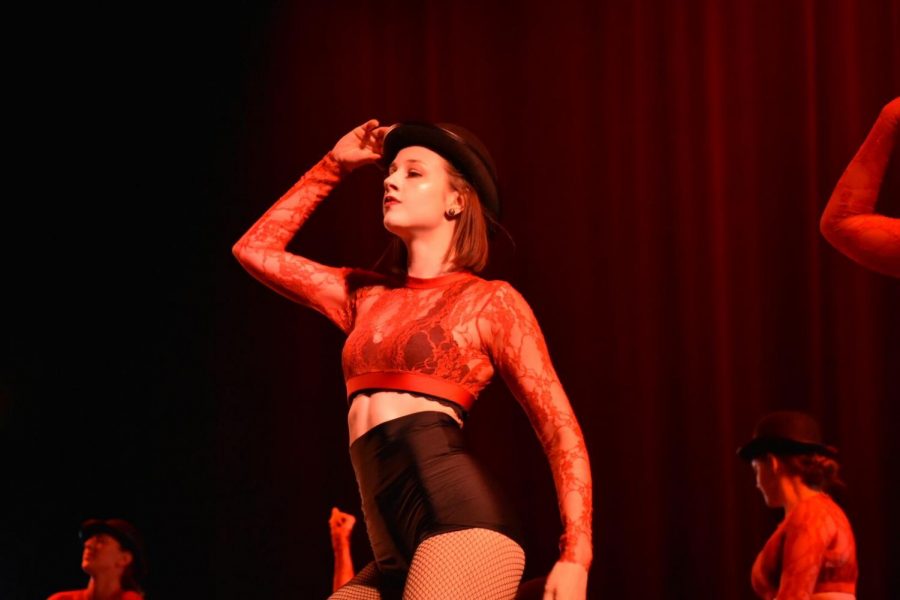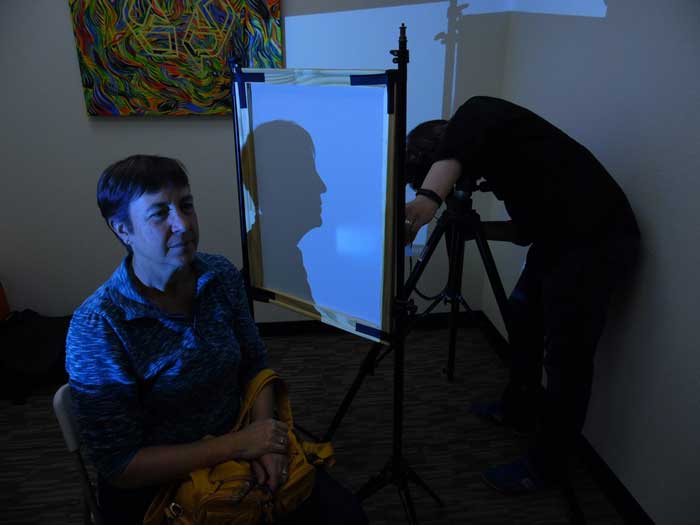
As the old adage goes, “a picture is worth 1000 words,” and two architects-turned-artists from the east coast are making it their own with a steely twist.
Though, instead of just one picture, Westley Heiss and Marek Walczak snapped between 1,300 to 1,500 profile pictures of Chico State students, staff, faculty and local community members over the span of four days with the intention of selecting 1,000 faces to be integrated on a wall of the new Taylor Hall.
The “Facewall” project will be a 42-foot-wide sculpture composed of 1,000 stainless steel face silhouettes located on the West Second Street facade of the new building.
“We came to this idea of silhouettes because they were a really unique attribute of everybody’s face and the same time they’re really abstract,” said Heiss. “You don’t actually look at people’s silhouette’s very often, you look at people from the front.”
This is the first time the artists have attempted a project with the type of specificity they have in mind for Taylor Hall II’s “Facewall” and it’s sure to remain exceptional because they never do the exact same thing twice.
“Every project we do is completely different, never the same,” said Walczak. “So it’s completely just like the other ones in that it’s completely different.”
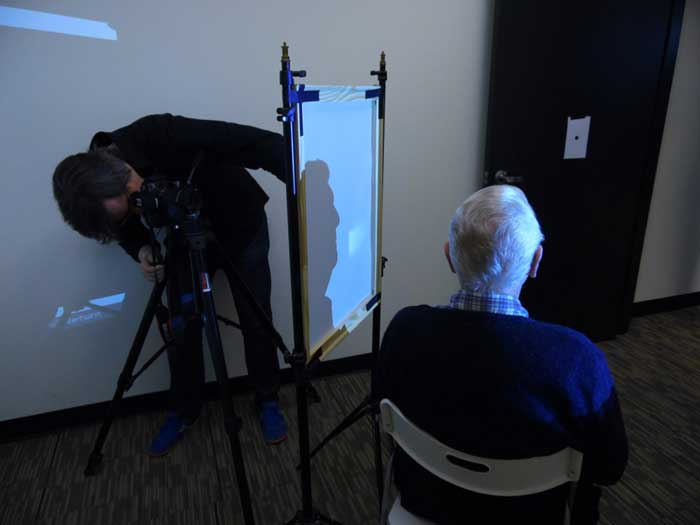
Walczak and Heiss were one of the five artists or artist teams to be invited to develop a proposal for the public art project and won.
“We were really excited about the call because it seemed like this was a really interesting site, being the threshold between a town and an academic environment,” said Heiss. “Everybody would see it, it was a very public sort of space and it was cool because there wasn’t a hard line between the campus and the town.”
The faces actually chosen for the project will be mostly at random, but some considerations will be taken.
“We want to be kind of democratically random about it,” said Heiss. “There are some things where some of the photos didn’t come out right or there’s some hair or something that’s sticking out that makes it too sharp so we can’t really use it.”
In regards to selecting the faces, the two artists are the “first filter for it and then give it back to the university for them to do the final vetting of everyone just to make sure there’s nothing that’s problematic,” said Heiss, then the project can advance.
Names of the chosen face silhouettes won’t be on the piece itself, but those curious to see if they made the cut can obtain the list via a QR code that will be on a plaque on the wall along with the piece upon its completion in January 2016 or visit the project’s website, facewall.me.
Amanda Rhine can be reached at [email protected] or @am_rhine on Twitter.




